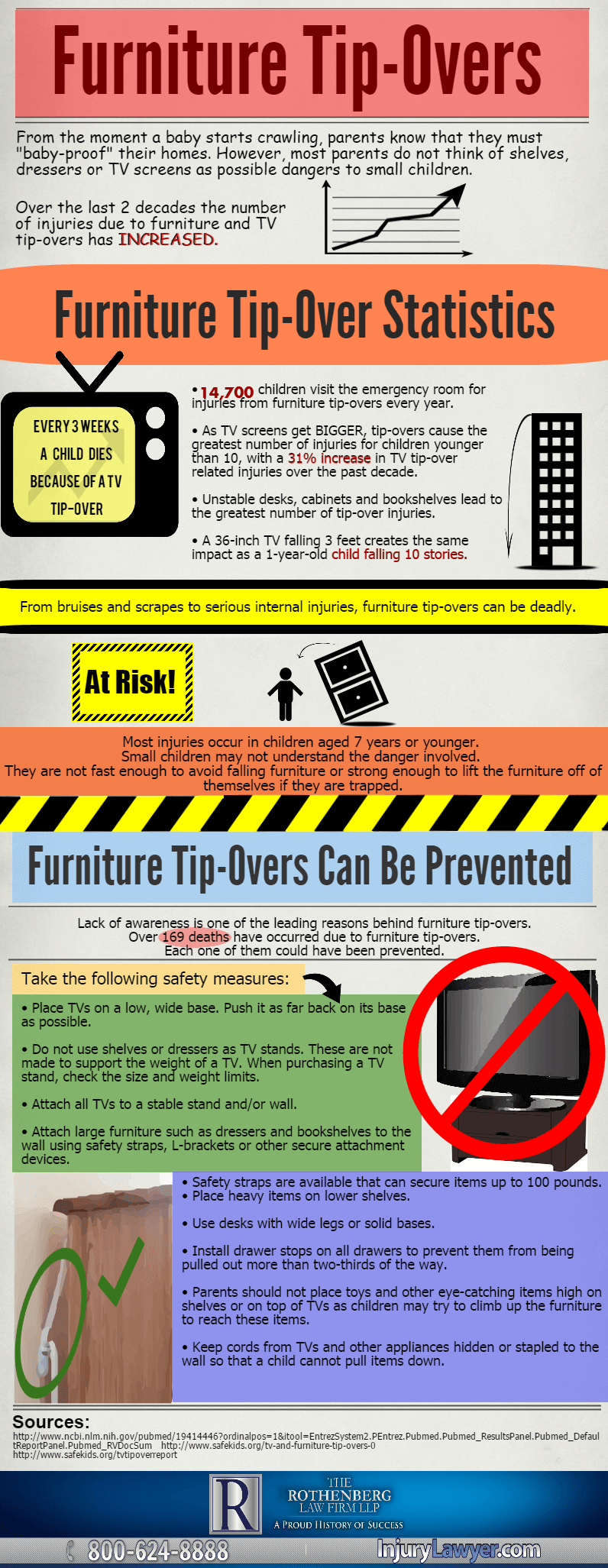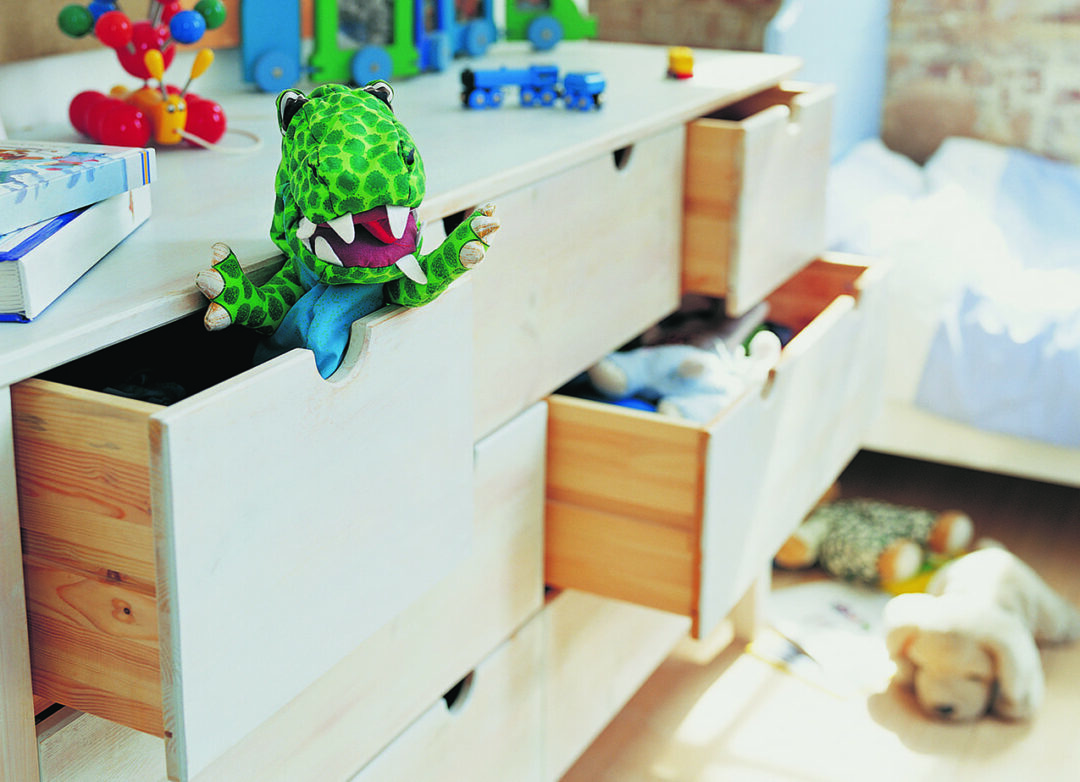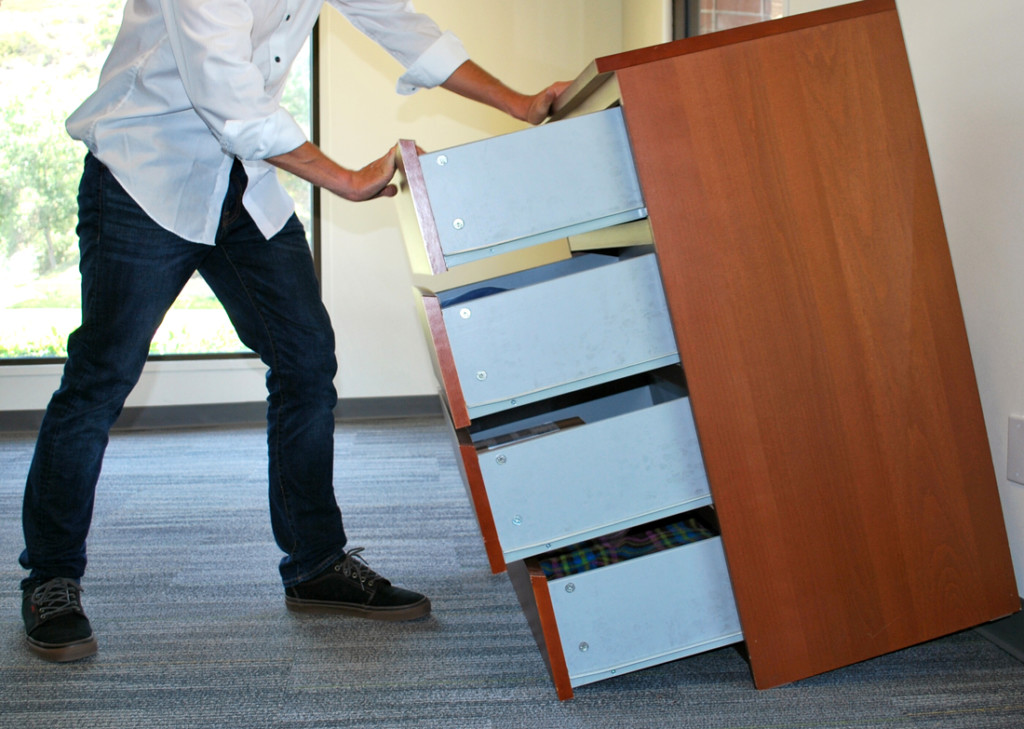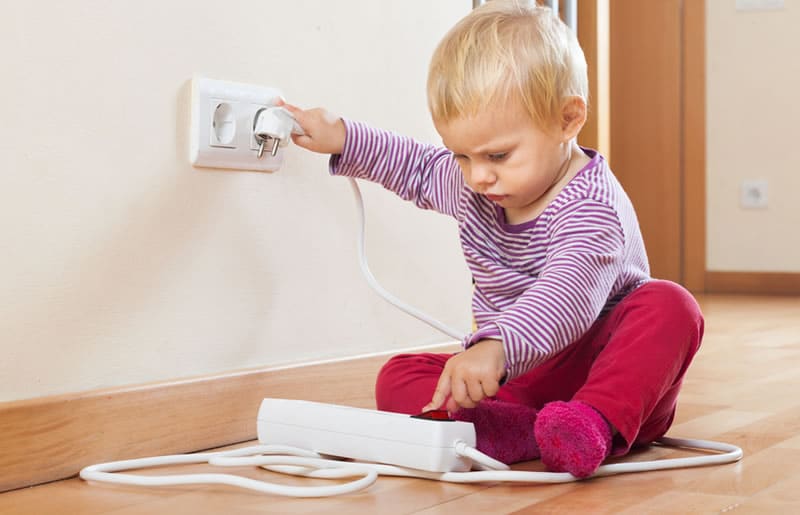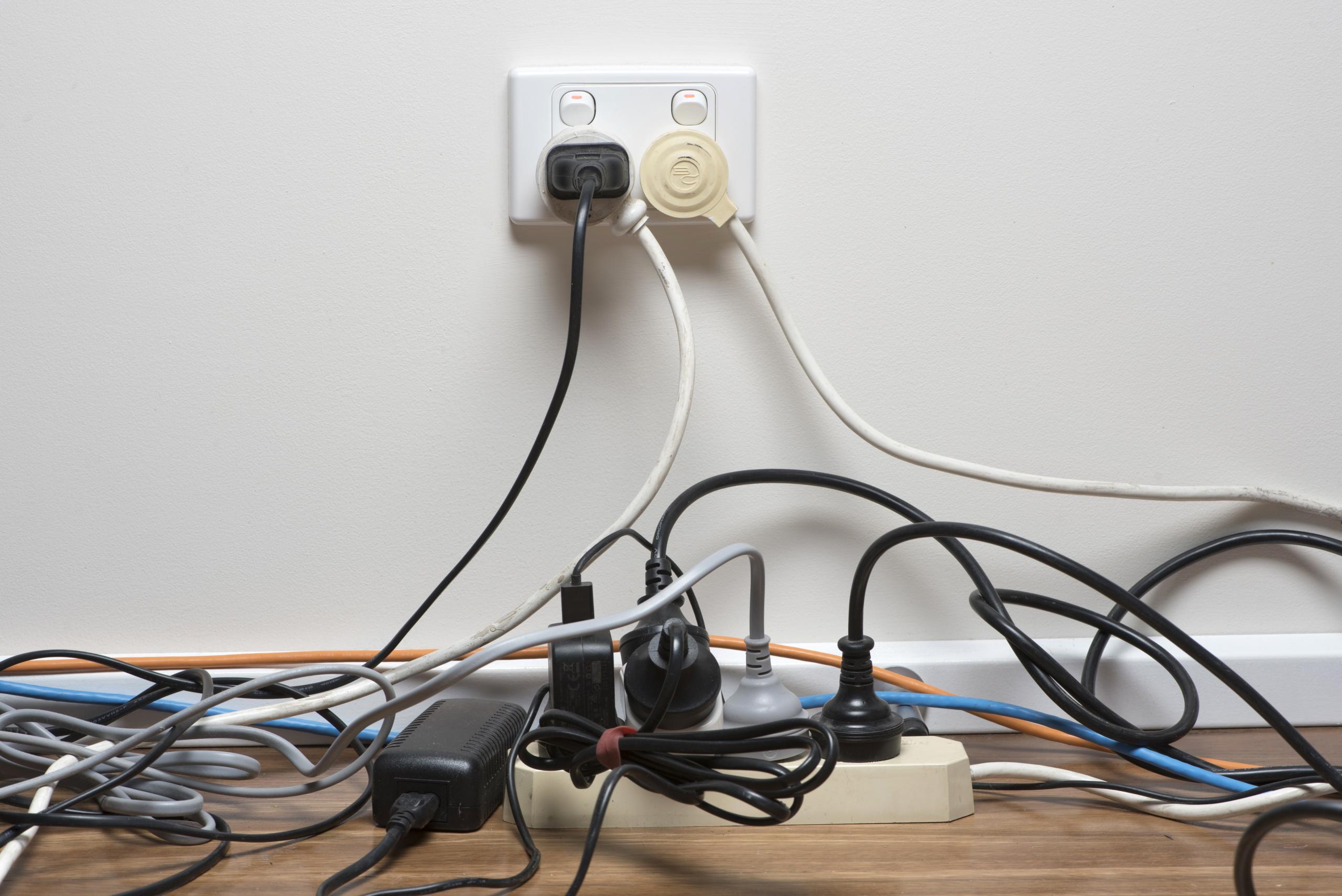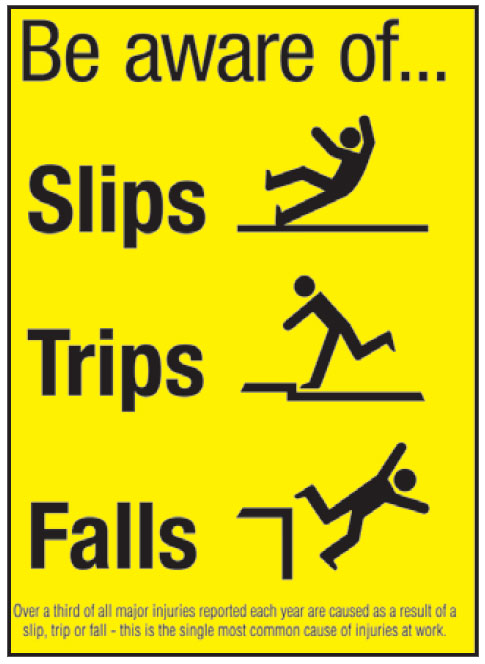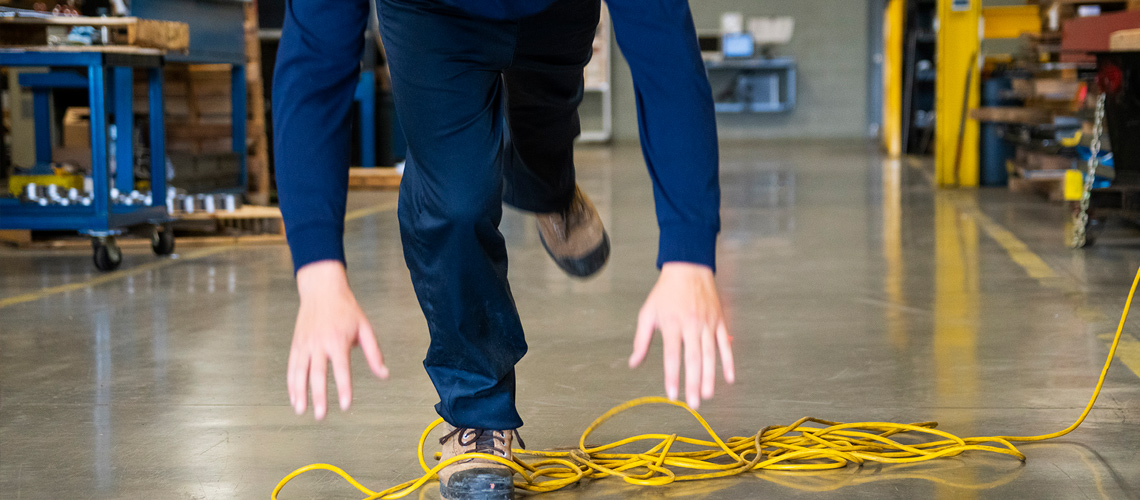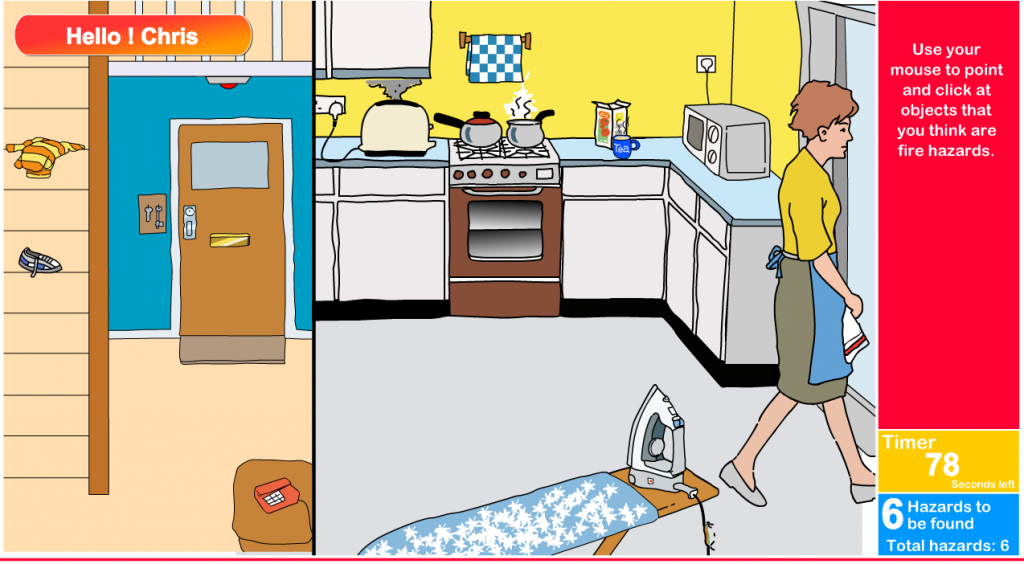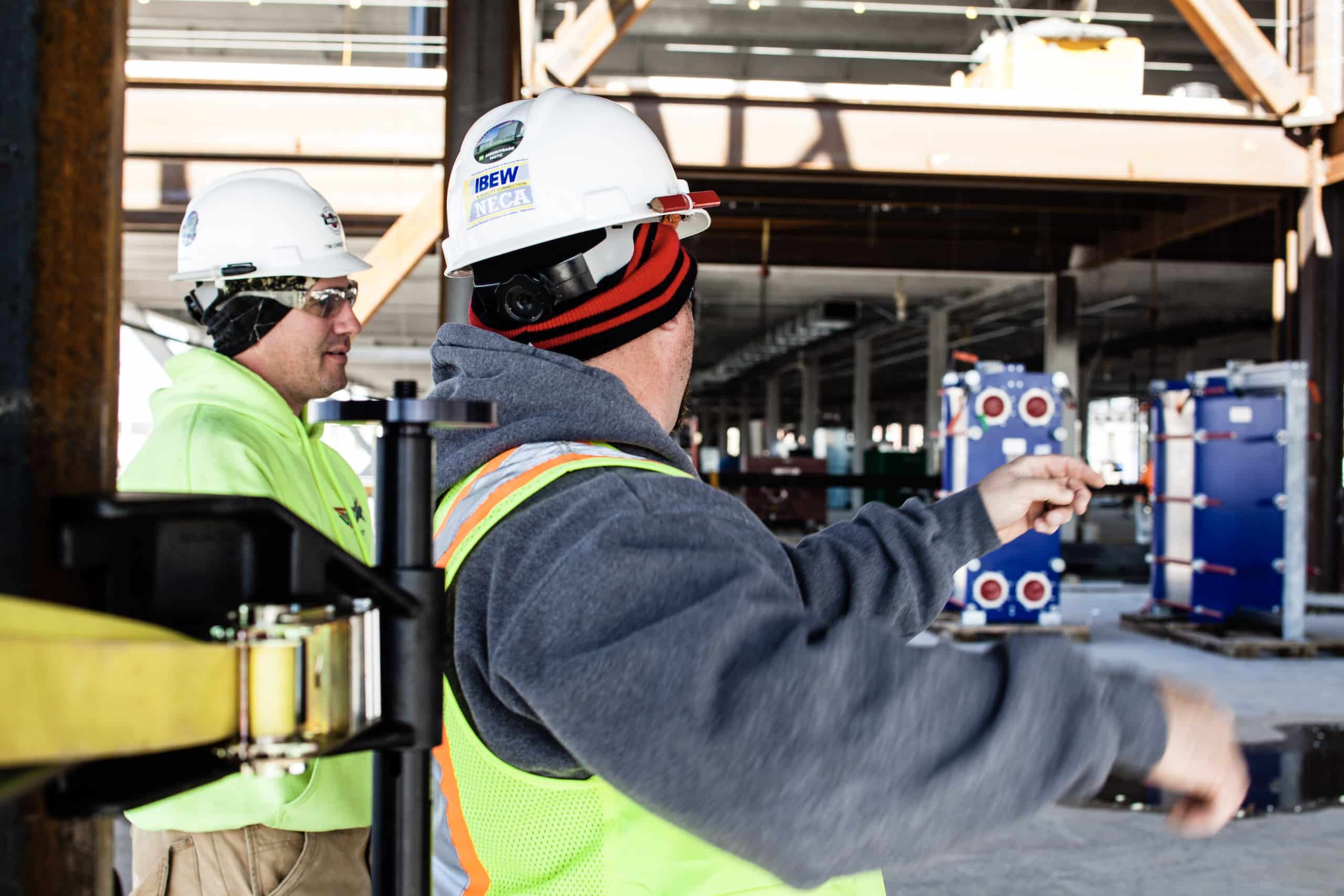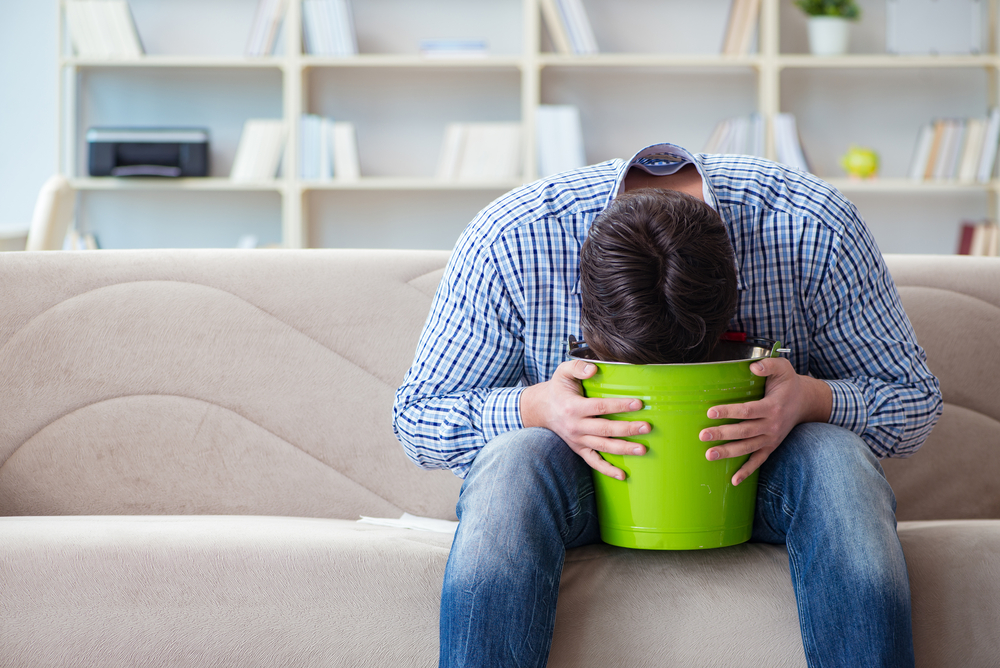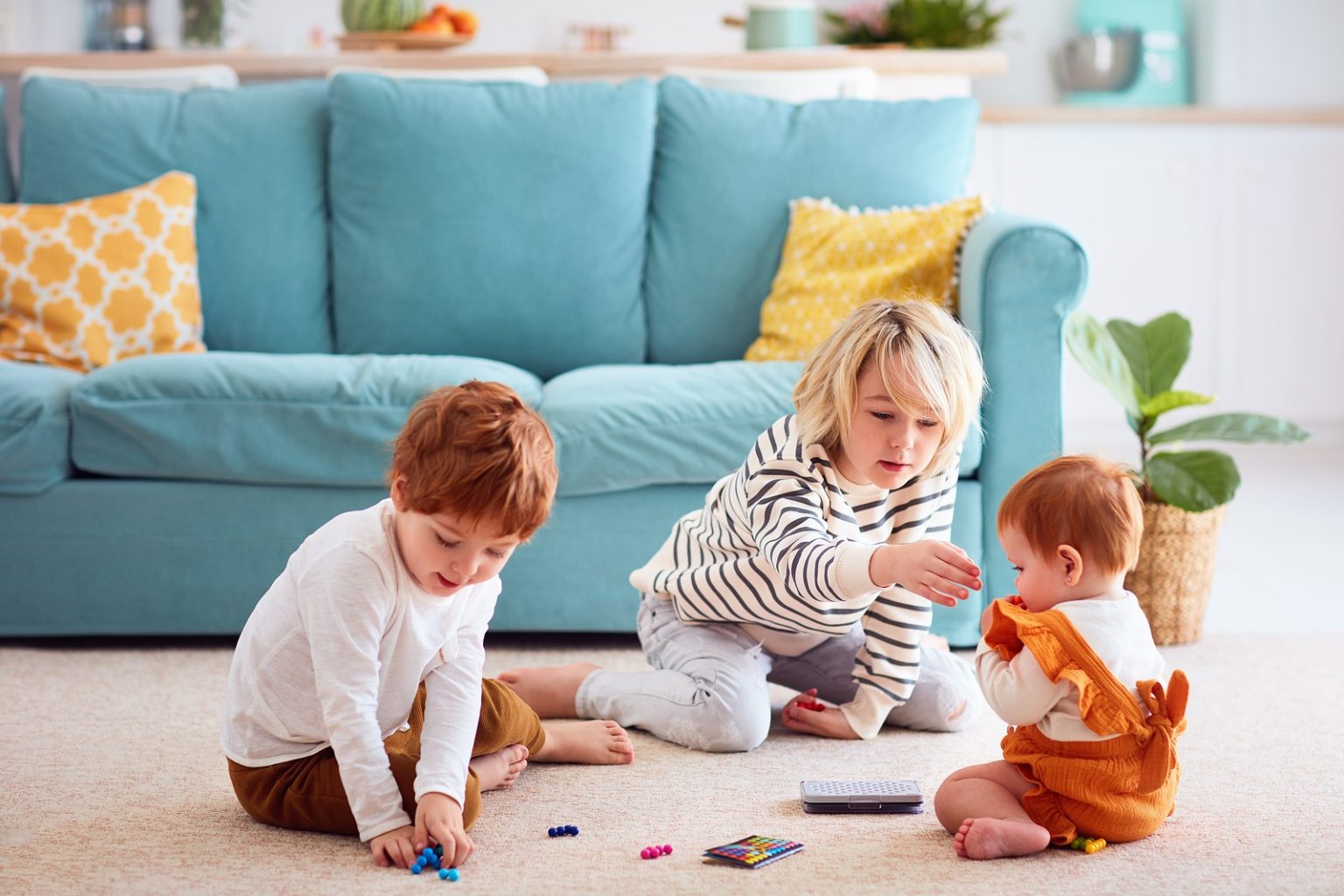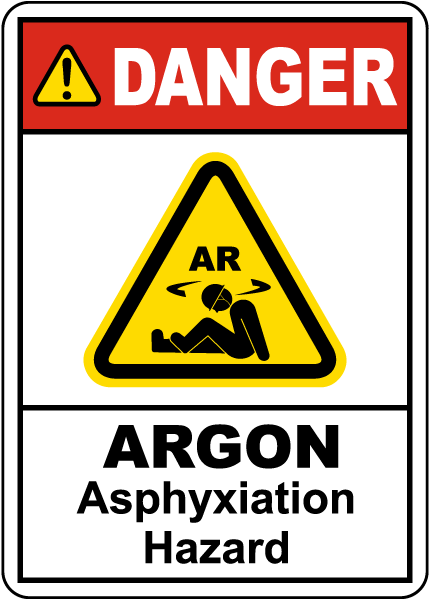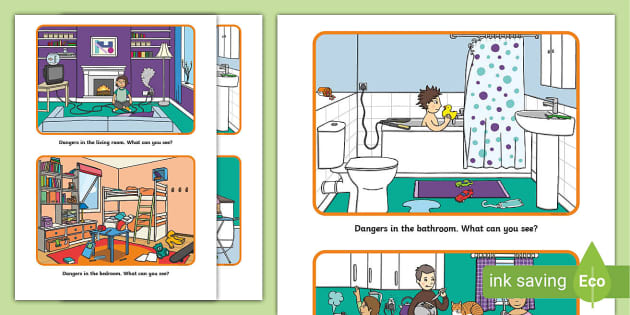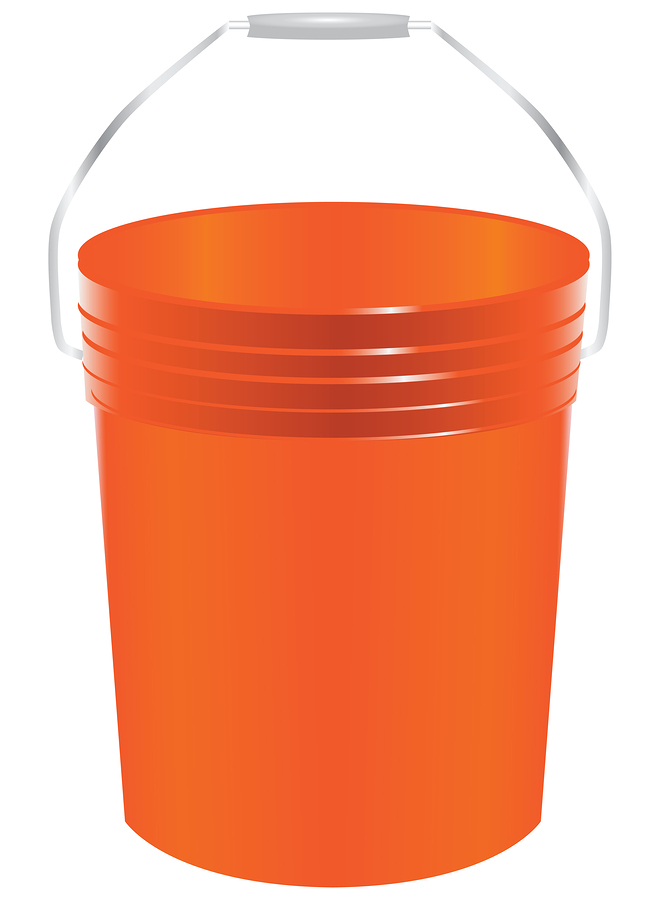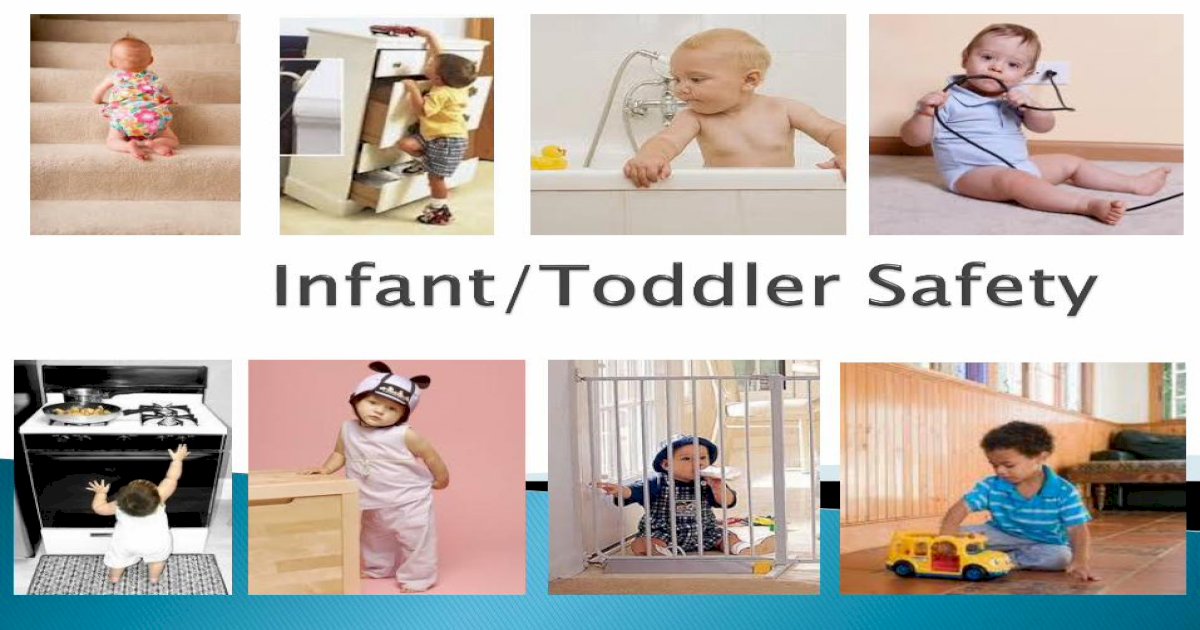The living room is often the heart of the home, where families gather to relax and spend time together. However, this room can also pose several hazards, especially when it comes to furniture tip-overs. This is a serious concern, as furniture can cause serious injuries or even fatalities, particularly for young children. It is important for every household to be aware of the potential hazards and take measures to prevent them. One of the main causes of furniture tip-overs is unsecured furniture. Heavy or tall furniture, such as bookcases, dressers, and TV stands, can easily tip over if not properly secured to the wall. This can happen when children climb on the furniture or when there is an earthquake or other natural disaster. To prevent this, anchor all furniture to the wall using furniture straps or brackets and make sure to periodically check the stability of furniture. Another common cause of furniture tip-overs is overloaded or top-heavy furniture. This can happen when too many items are placed on top of a piece of furniture, causing it to become unstable. It is important to evenly distribute weight on shelves and drawers and avoid overloading furniture. Additionally, make sure to regularly check the weight limits of furniture and remove any excess items. Remember, prevention is key in avoiding furniture tip-over hazards in the living room. Furniture Tip-Over Hazards in the Living Room
The living room is often filled with various electronic devices, making it a potential hotspot for electrical hazards. These hazards can range from minor shocks to more serious incidents like electrical fires. It is important to be aware of these hazards and take necessary precautions to keep your living room safe. One of the most common electrical hazards in the living room is overloaded outlets and extension cords . Plugging too many devices into one outlet or using multiple extension cords can lead to overheating and potential fires. Make sure to only use extension cords as a temporary solution and avoid overloading outlets. Another electrical hazard to watch out for is frayed or damaged cords . These can easily cause shocks or fires and should be replaced immediately. It is also important to keep cords away from high-traffic areas to avoid tripping hazards. Regularly checking and maintaining your electrical devices and cords can help prevent potential hazards in the living room. Electrical Hazards in the Living Room
The living room is a high-traffic area, making it prone to slip and fall accidents. These incidents can range from minor bruises to more serious injuries, especially for older adults and young children. To prevent slip and fall hazards in the living room, it is important to keep the area clean and clutter-free . One of the main causes of slip and fall accidents in the living room is loose or wrinkled rugs or carpets . Make sure to properly secure rugs and carpets to the floor with carpet tape or non-slip pads. Additionally, clean up any spills or messes immediately to prevent slip hazards. Another potential hazard in the living room is uneven flooring , which can cause trips and falls. If you notice any uneven flooring, consider getting it repaired or replaced to avoid potential accidents. A clean and well-maintained living room can greatly reduce the risk of slip and fall hazards. Slip and Fall Hazards in the Living Room
The living room is often filled with various electronics, fabrics, and other materials that can easily catch fire. It is important to be aware of these hazards and take necessary precautions to prevent fires in the living room. One of the main causes of fires in the living room is unattended candles . Make sure to never leave candles burning and always extinguish them before leaving the room or going to bed. Another potential fire hazard is overloaded power strips . It is important to regularly check the wattage of devices and avoid plugging too many devices into one power strip. Additionally, avoid running cords under rugs or furniture , as this can cause them to overheat and potentially start a fire. Being aware of potential fire hazards in the living room and taking necessary precautions can greatly reduce the risk of fire incidents. Fire Hazards in the Living Room
The living room may not be the first room that comes to mind when thinking about potential poisoning hazards, but there are actually several items in this room that can be toxic if ingested. It is important to keep these items out of reach of children and pets to prevent accidental ingestion. One common poisoning hazard in the living room is houseplants . Some plants can be toxic if ingested, so make sure to research the toxicity of any plants in your living room and keep them out of reach of children and pets. Another potential hazard is cleaning products that may be stored in the living room. Make sure to keep these products in their original containers and out of reach of children. Storing potentially toxic items safely and out of reach can help prevent accidental ingestion and poisoning in the living room. Poisoning Hazards in the Living Room
The living room is often filled with small items that can easily become choking hazards for young children. It is important to be aware of these hazards and take necessary precautions to keep children safe. One of the main choking hazards in the living room is small toys or objects that may be within reach of young children. Make sure to regularly check for small items that may have fallen on the floor and put them out of reach. Another potential hazard is loose buttons or small parts on furniture . These can easily become detached and become choking hazards. Make sure to regularly check furniture for loose parts and secure them if needed. Keeping small items out of reach and regularly checking furniture for potential choking hazards can help prevent accidents in the living room. Choking Hazards in the Living Room
The living room may seem like a safe and cozy space, but there are actually several suffocation hazards that can pose a threat, especially to young children. It is important to be aware of these hazards and take necessary precautions to prevent suffocation incidents. One of the main suffocation hazards in the living room is plastic bags . These can easily become a suffocation hazard if left within reach of young children. Make sure to properly dispose of plastic bags and keep them out of reach. Another potential suffocation hazard is loose or unsecured window coverings , such as blinds or curtains. These can pose a risk if a child becomes tangled in them. Make sure to secure cords and keep them out of reach or consider using cordless window coverings. Taking necessary precautions to prevent suffocation hazards in the living room can greatly reduce the risk of accidents. Suffocation Hazards in the Living Room
While it may seem unlikely, there are actually several potential drowning hazards in the living room. It is important to be aware of these hazards, especially for households with young children, and take necessary precautions to prevent accidents. One potential drowning hazard in the living room is fish tanks or small pools . These can pose a risk if a child falls in or becomes trapped. Make sure to keep these items out of reach of young children and always supervise them when near water. Another potential hazard is buckets or other containers filled with water . These can pose a threat if a child falls in or becomes trapped. Make sure to empty and store these containers safely to prevent accidents. Being aware of potential drowning hazards in the living room and taking necessary precautions can greatly reduce the risk of accidents for young children. Drowning Hazards in the Living Room
The living room may not seem like a place where strangulation hazards could occur, but there are actually several items that can pose a threat, especially to young children. It is important to be aware of these hazards and take necessary precautions to prevent accidents. One common strangulation hazard in the living room is window blind cords . These can easily become tangled around a child's neck, so make sure to keep cords out of reach or consider using cordless window coverings. Another potential strangulation hazard is drawstrings on clothing or other items . These can pose a risk if a child becomes tangled in them. Make sure to remove or secure any drawstrings to prevent accidents. Taking necessary precautions to prevent strangulation hazards in the living room can greatly reduce the risk of accidents, especially for young children. Strangulation Hazards in the Living Room
The living room is often filled with items that can easily cause burns, such as fireplaces, candles, and hot appliances. It is important to be aware of these hazards and take necessary precautions to prevent burns in the living room. One of the main causes of burns in the living room is fireplaces . Make sure to always supervise children when a fire is burning and keep them a safe distance away. Additionally, install a fireplace screen or gate to prevent accidental contact with flames or embers. Another common cause of burns is hot appliances , such as irons, hair straighteners, and space heaters. These should always be kept out of reach of children and unplugged when not in use. Being aware of potential burn hazards in the living room and taking necessary precautions can greatly reduce the risk of accidents and injuries. Burn Hazards in the Living Room
The Importance of Safe Living Room Design

Creating a Safe and Functional Living Room
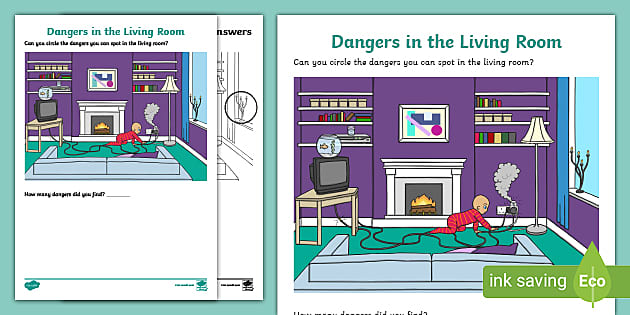 When it comes to designing a house, the living room is often considered the heart of the home. It is the place where families gather to relax, entertain guests, and create lasting memories. However, with all the hustle and bustle of daily life, it can be easy to overlook potential hazards in this important space. As
homeowners
, it is our responsibility to ensure that our living rooms are not only aesthetically pleasing but also safe and functional for everyone in the household. Let's take a closer look at some
living room hazards
and how to address them.
When it comes to designing a house, the living room is often considered the heart of the home. It is the place where families gather to relax, entertain guests, and create lasting memories. However, with all the hustle and bustle of daily life, it can be easy to overlook potential hazards in this important space. As
homeowners
, it is our responsibility to ensure that our living rooms are not only aesthetically pleasing but also safe and functional for everyone in the household. Let's take a closer look at some
living room hazards
and how to address them.
Slip and Fall Accidents
 One of the most common hazards in a living room is
slip and fall accidents
. This can be caused by a variety of factors such as loose rugs, cluttered pathways, and uneven flooring. To prevent these accidents, it is important to keep the living room tidy and clutter-free. Make sure to secure any rugs with a non-slip pad and fix any uneven flooring. Additionally, consider adding anti-slip grips on furniture legs to prevent them from sliding on hardwood or tile floors.
One of the most common hazards in a living room is
slip and fall accidents
. This can be caused by a variety of factors such as loose rugs, cluttered pathways, and uneven flooring. To prevent these accidents, it is important to keep the living room tidy and clutter-free. Make sure to secure any rugs with a non-slip pad and fix any uneven flooring. Additionally, consider adding anti-slip grips on furniture legs to prevent them from sliding on hardwood or tile floors.
Electrical Dangers
 Another major concern in a living room is
electrical hazards
. With numerous electronic devices and cords, it is important to ensure that all electrical outlets and cords are in good condition. Any frayed or damaged cords should be replaced immediately. It is also important to avoid overloading outlets and use surge protectors to prevent electrical fires.
Another major concern in a living room is
electrical hazards
. With numerous electronic devices and cords, it is important to ensure that all electrical outlets and cords are in good condition. Any frayed or damaged cords should be replaced immediately. It is also important to avoid overloading outlets and use surge protectors to prevent electrical fires.
Furniture and Decor
 While furniture and decor add personality to a living room, they can also pose safety risks. Sharp edges on coffee tables and bookshelves can be dangerous for small children, and heavy objects placed on high shelves can be a tipping hazard. To address these risks, consider opting for rounded or padded furniture edges and secure heavy objects with brackets or wall anchors.
While furniture and decor add personality to a living room, they can also pose safety risks. Sharp edges on coffee tables and bookshelves can be dangerous for small children, and heavy objects placed on high shelves can be a tipping hazard. To address these risks, consider opting for rounded or padded furniture edges and secure heavy objects with brackets or wall anchors.
Conclusion
 In conclusion, a well-designed living room not only enhances the overall look of a house but also ensures the safety of its occupants. By addressing common hazards such as slip and fall accidents, electrical dangers, and furniture and decor risks, we can create a space that is both beautiful and safe. Remember to regularly inspect and maintain your living room to prevent any potential hazards and enjoy a functional and safe living space for years to come.
In conclusion, a well-designed living room not only enhances the overall look of a house but also ensures the safety of its occupants. By addressing common hazards such as slip and fall accidents, electrical dangers, and furniture and decor risks, we can create a space that is both beautiful and safe. Remember to regularly inspect and maintain your living room to prevent any potential hazards and enjoy a functional and safe living space for years to come.
